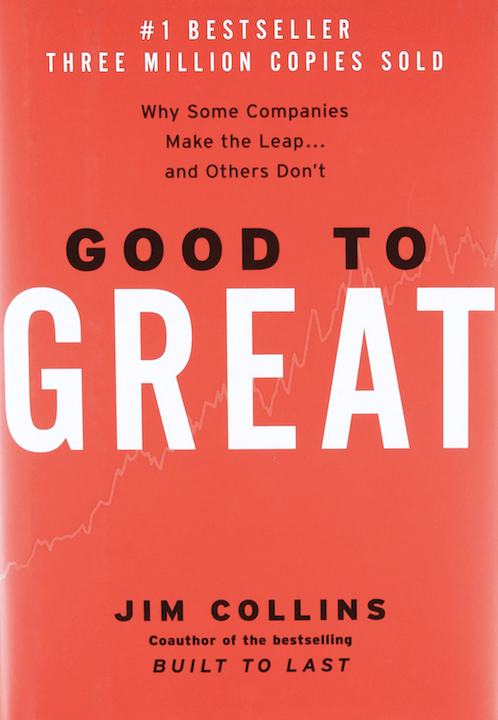
When working in procurement, it can be difficult to know whether you are getting the best price from your current suppliers, Although there is much truth in the saying ‘you get what you pay for’, overly high prices are often an indicator you are being overcharged. This blog post looks into whether you are paying the right price, how to know either way and other information surrounding terminology to make the whole thing easier.
Benchmarking
Price benchmarking is often said to be the most important element of strategic sourcing. What can often happen is those working in procurement can get comfortable; old contracts don’t get examined and are instead left to roll over automatically. When this happens, it often results in overcharging, as there’s no way of ensuring prices are in line with current market value. That’s why the first step in strategic sourcing is price benchmarking. It is necessary to keep on top of things. You need to have some knowledge of the industry in which you’re purchasing, and you need to have some idea of the average going rate for whatever product or service you’re in the market for. Both are necessary to generate effective negotiations.
So what is benchmarking? Put simply, it compares the price you are paying for a good or service with the industry average (industry average being calculated by what other suppliers offer and what competitors are paying). It is a way to evaluate your existing contracts effectively and thoroughly.
Price benchmarking in use
Price benchmarking can be a complicated and time consuming task. Here’s how to use price benchmarking effectively in strategic sourcing:
- Empower Negotiations
If price benchmarking shows that you’re maybe paying more than you should be (more on this later), that doesn’t mean that you should, or need to, switch suppliers.This is especially the case if you have a good, long term relationship with a supplier, or if the product is superior to others. When this is the case, it’s worth renegotiation.
Using data from price benchmarking, revisit the negotiation procedure and discuss a potential new contract. You will be in a strong position, armed with current market statistics, to reduce costs. (Although not a good foot to lead with, it’s worth remembering that the supplier may well value the good relationship just as much as you do, and may well be more open to negotiations).
- Switch Supplier
Switching suppliers is clearly the most obvious route if the price benchmarking outcome indicates you’re paying ‘over the odds’. If you do decide switching is the best option, and negotiation options are not forthcoming, developing a go-to-market data-based strategy is a good step forward. The gathered information indicating the price/value will help when starting to work with new suppliers.
- Big Savings
Price benchmarking, typically, is reserved for high-cost direct materials. While this may well be the case, more regular items that are taken for granted shouldn’t suffer as a result. Office supplies, for instance, are a commodity that overy member of staff uses, but the cost of each individual pen or piece of paper is small. Although these add up, they are often discounted in favour of high-spend materials. The way a procurement team does their job is often reflected by those ‘office supply’ style purchases, which management use as an indicator of ability.
It is undeniable that price benchmarking really is of the highest importance for strategic sourcing experts. Benchmarking is not the only useful tool to make sure you are paying the right price.
Bottom-up Approach
Bottom-up costing – also known as should costing – is a way of understanding and estimating cost, by breaking the clients requirements down. It’s a tool that equips and empowers a procurement team to furnish evidence that can be presented to clients during negotiations. This evidence, as well as the effect it can have on discussions, will enable you to receive a final cost estimation that is lower, and closer to your target price.
Limited access to, or knowledge of cost drivers can result in a far weaker position from which to bargain.
The four-step approach to bottom-up costing analysis
Bottom-up costing analysis is the process of building and understanding the parts that make up the overall cost of a product or service. Often known as cost-breakdown or supplier cost analysis, it is key to ensure you’re getting the right price.
- Data Collection
The best place to start for a bottom-up costing analysis is obviously by identifying the product data that will be analysed. This can be done by obtaining the necessary information from relevant sources, including invoices and spend/purchasing data.
- Systematic Expansion
Crucially, the next step is to investigate and expand upon all the key cost drivers:
- Materials – Labour
- Conversion costs – Overheads
- Logistics – Profit
As much information as possible about all of these elements is essential.
- Determining Cost Drivers
Once all required data has been obtained, and key components expanded, primary and secondary research must be undertaken to determine all underlying cost drivers.
- Developing cost Insights
By analysing the information gained, crucial cost insights can be developed that help to improve business value.
Bottom-up costing analysis is necessary because, in essence, it gives you the ideal should-cost – what the said parts should cost. Having this accurate idea of what raw materials should cost while comparing it to what it does cost (including the price quoted by the supplier), gives you a stronger position when wanting to negotiate. After such decisions , you’ll eventually arrive at the will cost.
Top-down Approach
Top down estimating means, as the name suggests, reviewing the overall scope of the project by identifying the key elements of the work and estimating them separately from the rest of the project.
A top-down approach is frequently used for creating ball-park estimates early on in a project, when minimal detail is available. Top-down estimates generally take less time than bottom-up estimates, and are easier overall.
The key benefit of top-down is the opportunity to use holistic, existing data from previous projects. This helps by way of reducing the risks of overlooked work requirements and, most useful of all, overlooked costs. As a result of this, top-down estimates tend to generate typically larger numbers than those that a bottom-up approach may produce.
No matter which cost-estimating approach you adopt, it is important to make sure you don;t underestimate the costs – something that would make business downfall much more likely!
In 2001 the National Audit Office found that 70% of public sector construction failures and blow budgets were a result of bad cost estimation. KPMG backed up these findings in their own survey in 2015.
Although tricky to get right, cost estimation is vital in order to give focus and to make sure you are paying the right price.
Reference:
https://www.gep.com/strategy/procurement-consulting/strategic-cost-management/should-cost-analysis
https://www.mintecglobal.com/blog/benchmarking-suppliers-prices
https://www.apm.org.uk/blog/three-ways-to-approach-cost-estimation/


